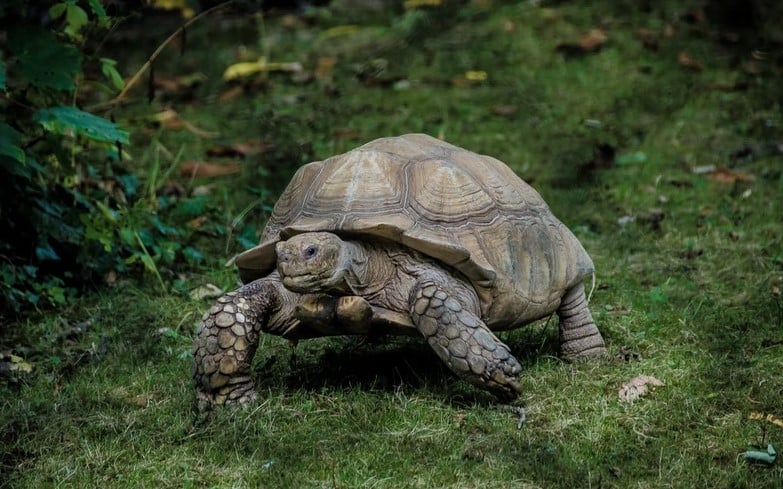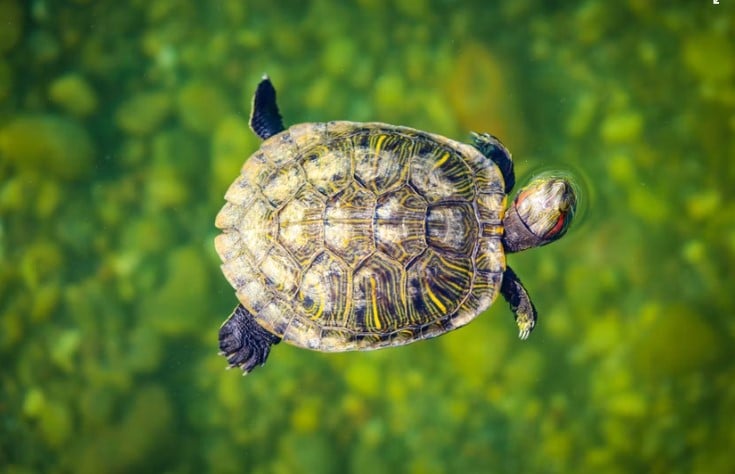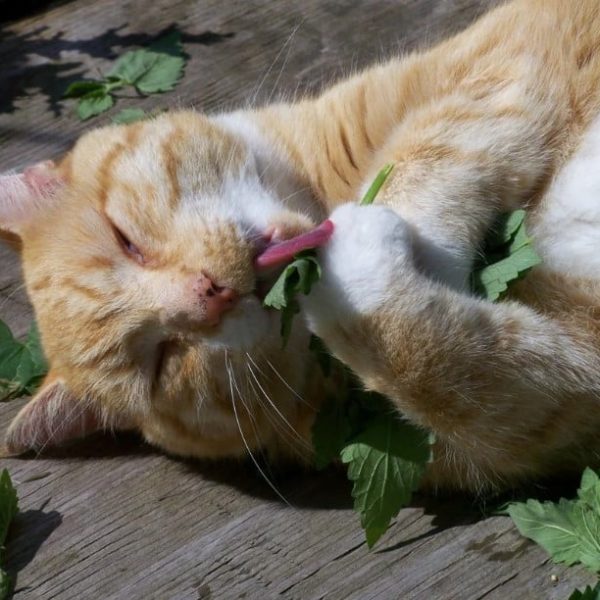I think everyone knows that turtles live longer than many other pets, and turtles surprise many pet owners with how long they can live, some of which may live to 100 years or more, depending on their species, their good diet, and other aspects of its environment. These reptiles make long-term companions
Let’s find out the average lifespan, how to raise a turtle, and also the risks they pass through below:
The Average Life Span Of A Pet Turtle:
If you want to know how long they live turtles, you need first to identify the turtle species. A pet turtle’s average life expectancy is around 30 years, while many turtle species live 40 to 100 years or more. For example, red-eared turtle sliders are the most common turtle species in the US if cared for duly are likely to survive into their 30s.
Some average popular pet turtle lifespans:
- Painted turtles: 25 to 30 years
Map turtles: 15 to 25 years
Wood Turtle: 40 to 55 years
Eastern Box Turtle: 50+ years
Russian Tortoise: 40+ years
Greek Tortoise: 100 years or more
Leopard Tortoise: 100 years or more
African side-necked turtles (Pelomedusidae): Approximately 25 years
The smaller turtles have a short lifespan, while the large and sea turtles can live nearly 200 years (or even more)
There are many records like a famous giant turtle named ADWAITA, which lived in a zoo in India she died in 2006 at the age of 255 years and was classified to be amongst the longest-living animals in the world.
The other famously long-lived turtles include Tu’i Malila, a radiated tortoise who died at age 188, Harriet, a Galapagos giant tortoise who died at the age of 175, and Jonathan, a Seychelles giant tortoise who has 190 years to present.
The Keys to Your Pet Turtle’s Health:
The secret to greatly increasing the lifespan of your pet turtle is in your hands with a healthy diet to help them live a healthy and long life.
First, you need must place it in a terrarium with water, soil, and small stones also with temperature optimized in a coveted way:
The water: 72–77 °F
The wet side of the tank: 75–85 °F
The dry side of the tank (with a lamp): 85–90 °F
Make sure you have the right type of diet for your turtle because can vary widely depending on the species. Many turtles do well with a mix of commercial turtle pellets and white greens (like kale, romaine lettuce, and mustard greens), you can also add some insects (crickets, earthworms, shrimps, mealworms, wax worms, daphnia, snails, and feeder fish) that you can get from the pet stores. It would be good if you fed these pets twice a day.
A baby turtle who has 6-12 months old, should be given a diet comprising vegetables and proteins every day, and if they pass one year old, feed them vegetables daily and protein three times a week.
To ensure the safety of your turtle to live long be sure to take care of it through regular visits to the vet who can give you the best possible advice, if you notice physical changes such as swelling of the eyes and ears or discoloration of the skin.
Common Threats:
Caring pet turtles usually live longer than wild turtles, but they are also susceptible to diseases like deficiency of vitamin A, respiratory issues, shell infections, abscesses, parasites, and fractures. You should be aware of the common threats that threaten your pet turtle, which will help you to prevent them early before come big.
Deficiency of vitamin A is one of the most common threats in adult turtles, and it usually results from an inappropriate diet such as an all-meat diet or a cricket and fruit cocktail diet, symptoms appear in the outer layer of the animal’s skin, and mucus membranes, the good sources of Vitamin A include dark leafy greens, such as dandelion greens, collard greens, parsley, cilantro, kale, mustard greens, carrots, and other foods who rich in carotenes.
You will also notice in your lovely pet turtle the lethargy of moving, swelling of the eyes and eyelids, lack of appetite, respiratory infections, swelling of the ears, and excess mucus in their oral cavities accompanied by a nasal discharge caused by bacteria and viruses. As well as tumor-like swellings on the turtle body, are the results of abscesses.
Whereas shell infections usually come from poor water quality or an injury. And parasites, you won’t notice them unless you have your vet do fecal screenings on your turtle.
These threats will negatively affect how long pet turtles live in a typical environment. So be sure your habitat is secured from predators and give him enough protection also be sure that your turtle can’t escape from the homeland by piercing under the fencing





Leave a Comment